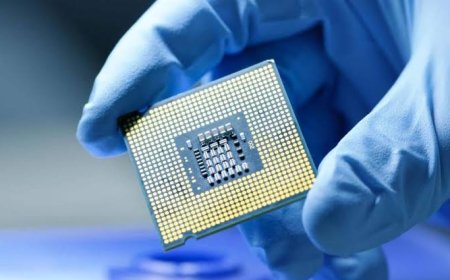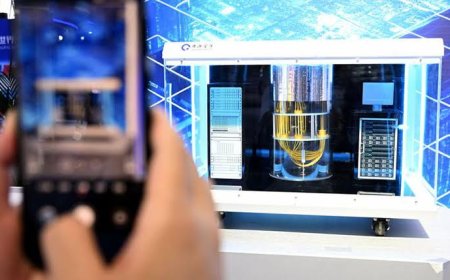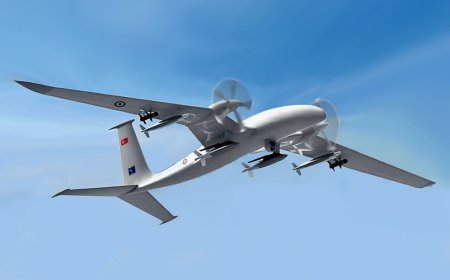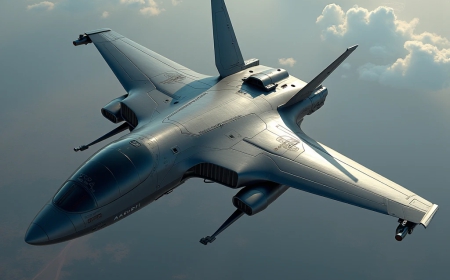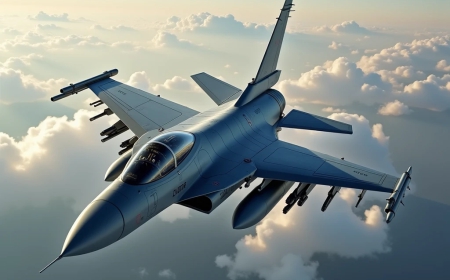The world's first green energy aircraft, Solar Impulse 2!
The world's first successful aircraft powered by solar energy or green energy is the Solar Impulse 2 aircraft. It is basically a groundbreaking solar-powered civilian aircraft. Which runs entirely on environmentally friendly and sustainable solar energy instead of conventional fuels. It created new history by flying around the world without any fuel or environmental pollution in 2015 and 2016.
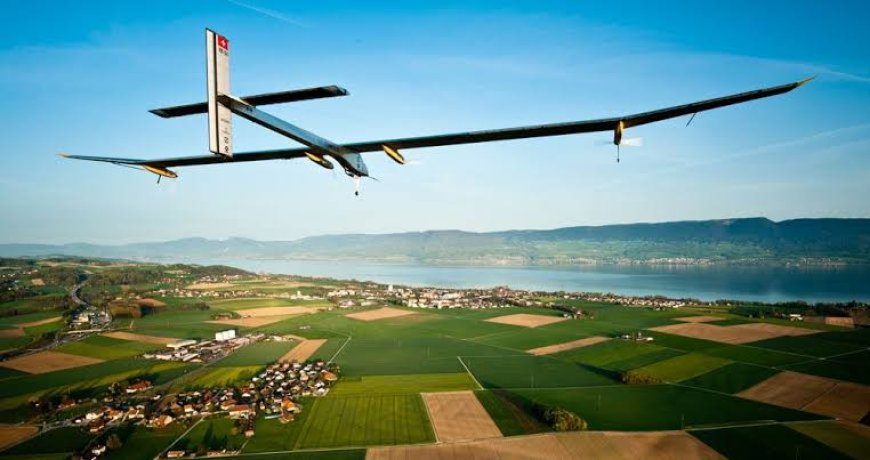
The main goal of this aircraft project was to show the world that the impossible can be made possible by renewable sources like solar energy. It has proven that it is possible to cover a long distance of more than 43 thousand kilometers using only solar energy without any fuel. Which has opened the door to a new possibility in the aviation manufacturing industry of green energy.
Operated by just one pilot, the Solar Impulse 2 has a wingspan of 72 meters. Which is slightly larger than a Boeing 747 aircraft. This aircraft is made of an extremely light and strong structure. This 2.3-ton aircraft has a total of 17,248 solar panels installed on its wings and flies in the sky with solar energy during the day and is powered by energy stored in batteries at night.
Although the total weight of this aircraft is 2,300 kg, its starting battery weighs 633 kg. Its average speed is 45-90 kilometers per hour (28-56 miles). It can reach a maximum altitude of 8,500 meters (28,000 feet) during the day and descend to 1,500 meters (5,000 feet) at night to save energy. However, the cockpit of the aircraft has been designed and built with only a single seat.
Although the Solar Impulse 2 aircraft is very narrow, it has been installed with pressure and temperature control technology. The pilot of the aircraft stays awake for 20-25 hours continuously during the flight. In addition, this aircraft has a small toilet in a special seat. It is like an aircraft from a Hollywood movie.
The Solar Impulse 2 aircraft started its journey by air from Abu Dhabi on March 9, 2015 and ended in the same place on July 26, 2016. During this journey, the aircraft covered a total distance of about 43 thousand kilometers. Moreover, in June 2016, it set a record for being the first solar aircraft to cross the Atlantic, taking off from New York and landing in Spain.
The pilot of this aircraft was Bertrand Piccard. He is a Swiss psychologist and explorer, who made the first non-stop round-the-world balloon trip in 1999. In addition, the co-pilot of this aircraft was André Borschberg. He is a Swiss engineer and fighter pilot, who made important contributions to the design and construction of this aircraft. However, the long-term solo flight in this aircraft, the lack of sleep, and the physical stress were a huge challenge for the pilots.
Moreover, the co-pilot André Borschberg completed the longest solo flight of this solar aircraft. He added a new chapter in aviation history by flying non-stop from Japan to Hawaii for 118 hours (4,000 miles). However, the aircraft's battery overheated during the Pacific voyage, causing a 10-month delay in Hawaii.
Although it is fuel-free in terms of use, flying it in adverse weather conditions such as clouds, rain, and unstable winds was a very risky and challenging task. However, despite its some obstacles, Solar Impulse 2 has proven that it is possible to address future challenges and environmental pollution using sustainable green energy technologies. Moreover, this exciting mission has now inspired people to use renewable energy not only in the sky, but in every aspect of the world.
References: Wikipedia, Sun Power, National Geographic.
(Information and images collected)
Sherazur Rahman

